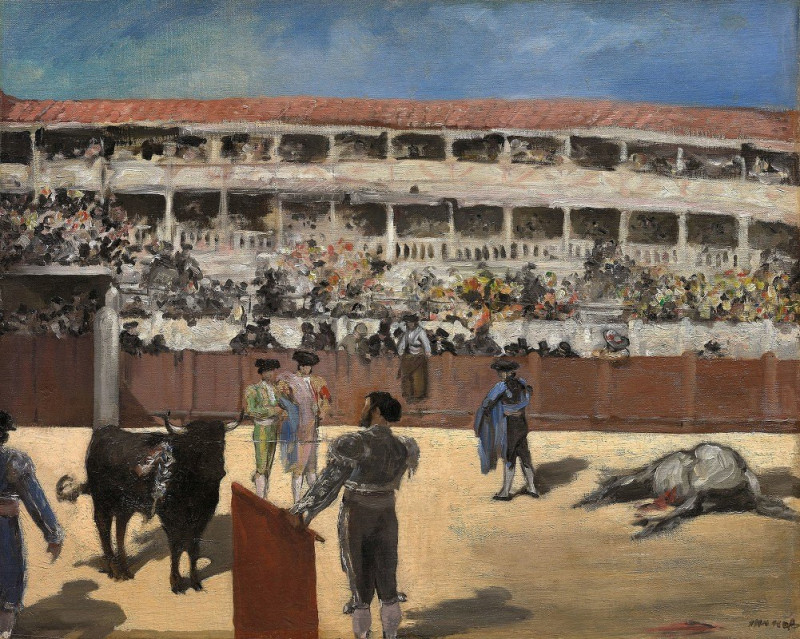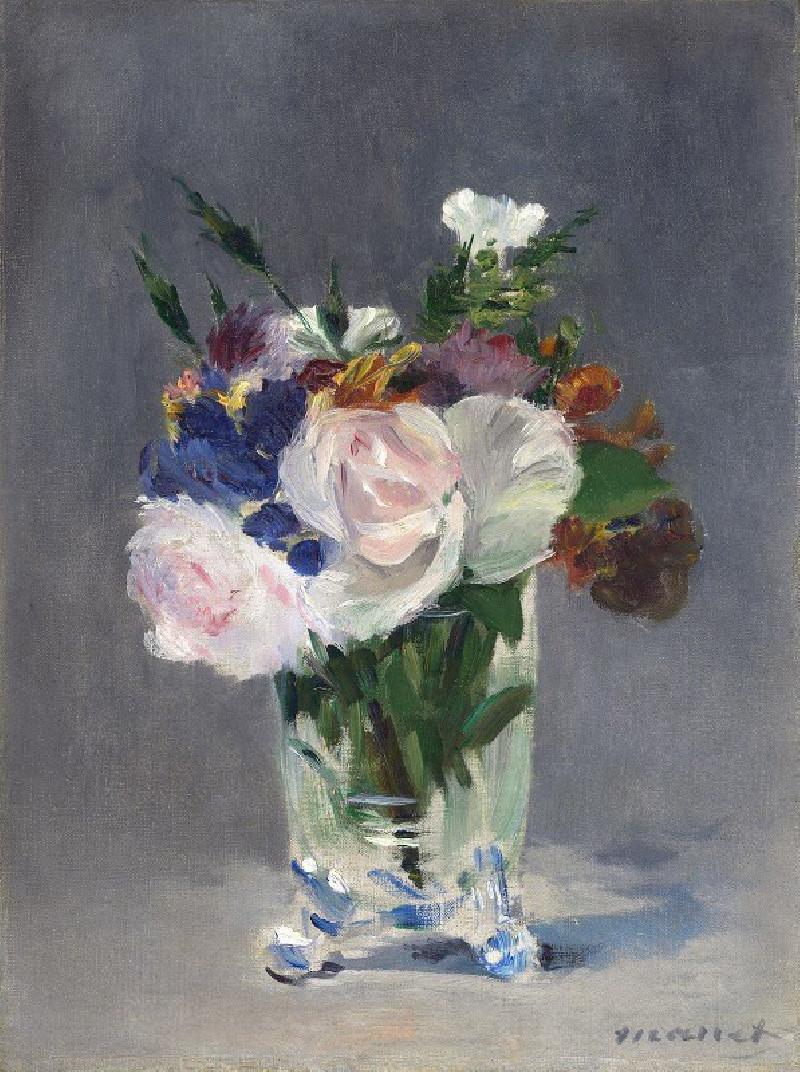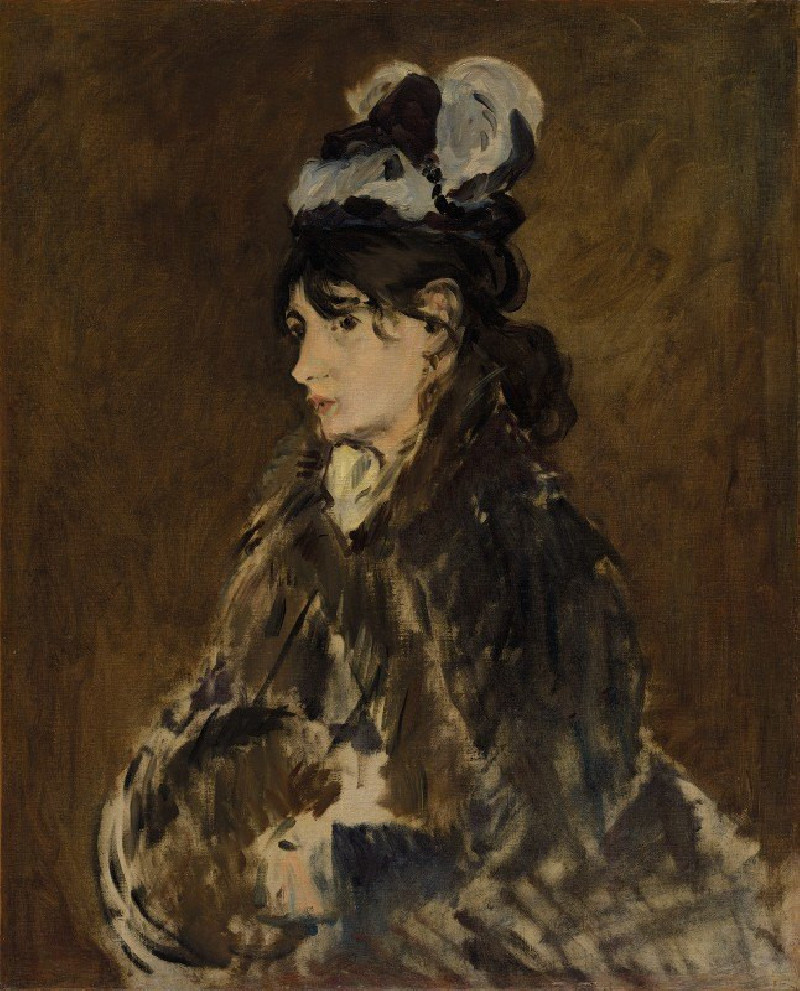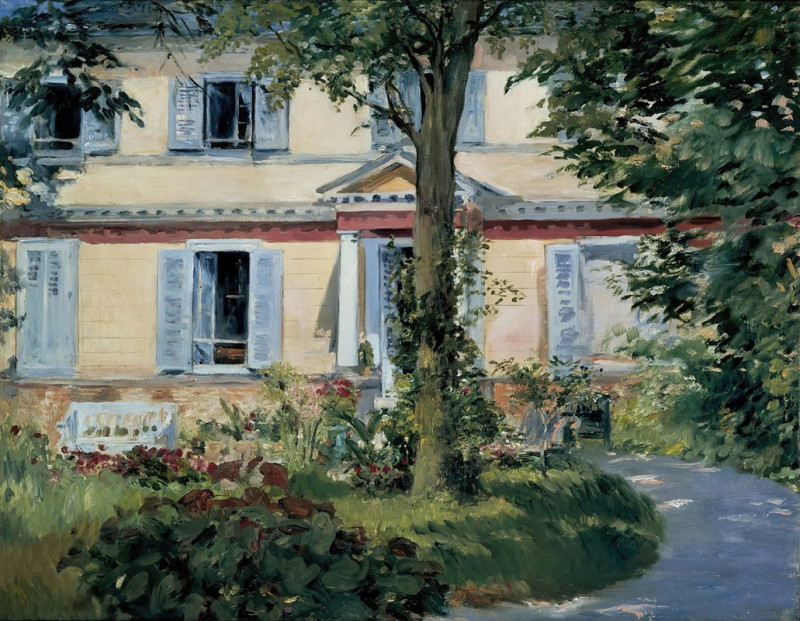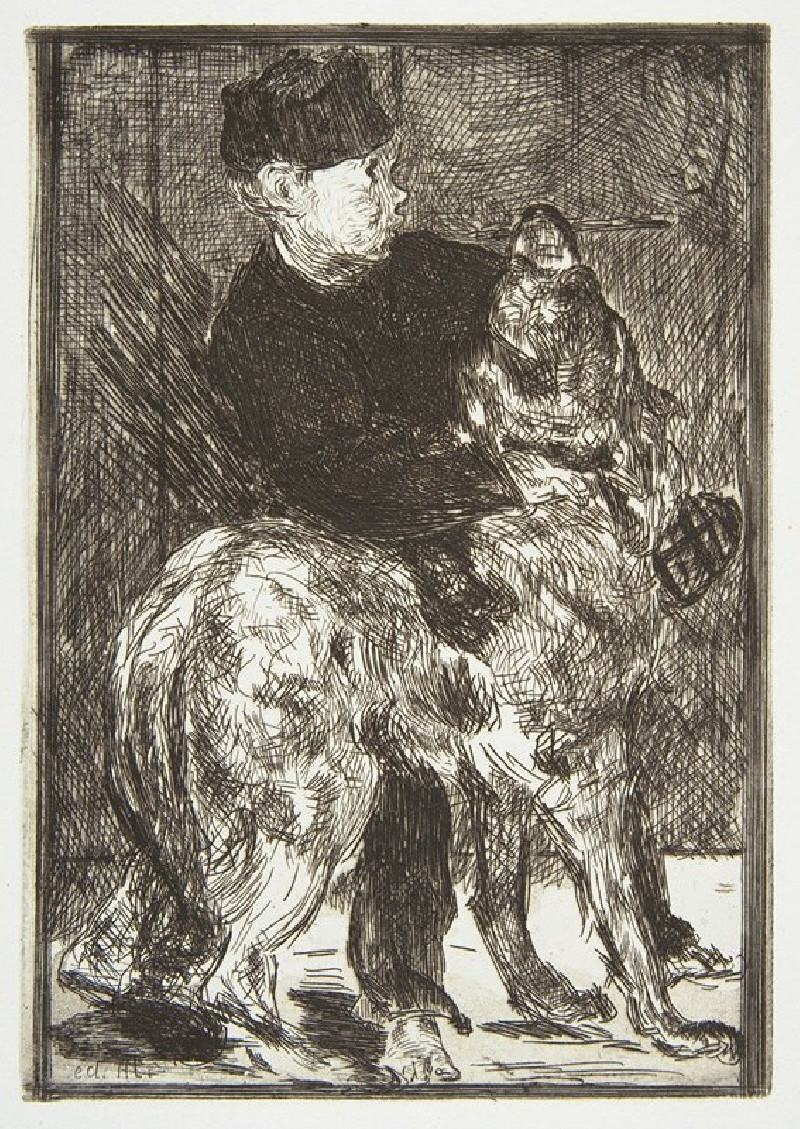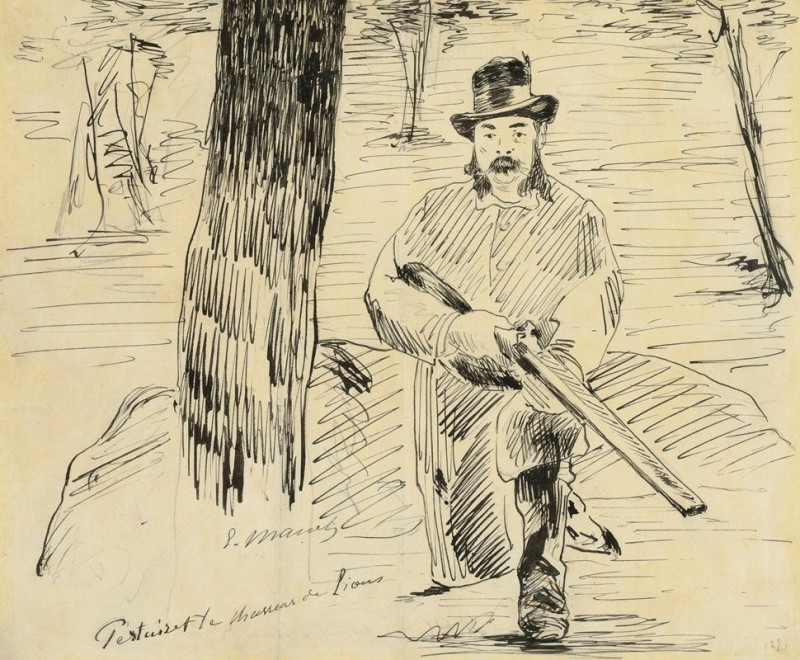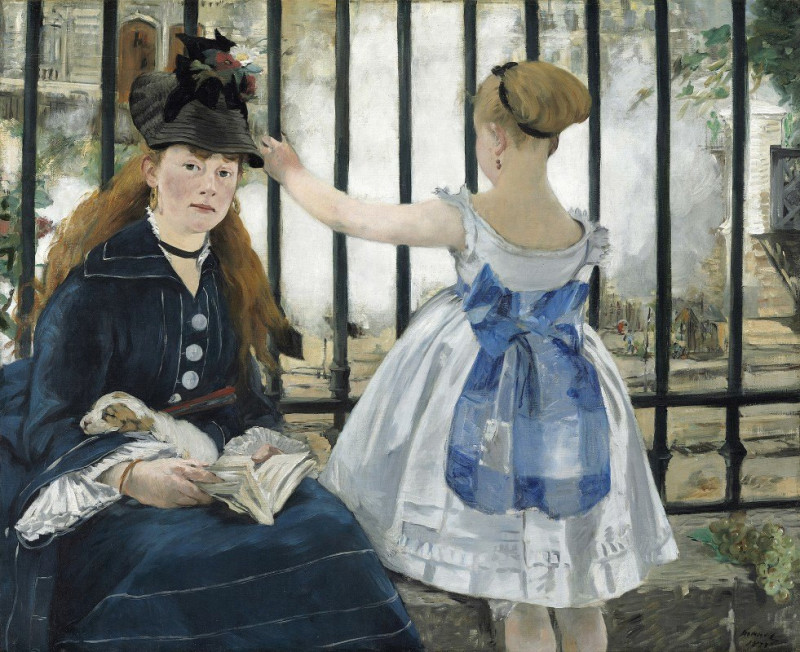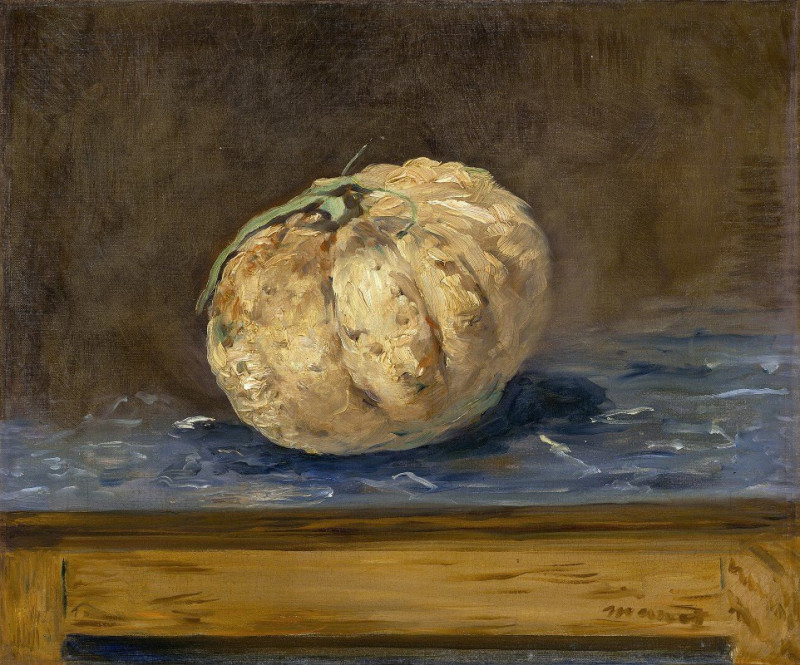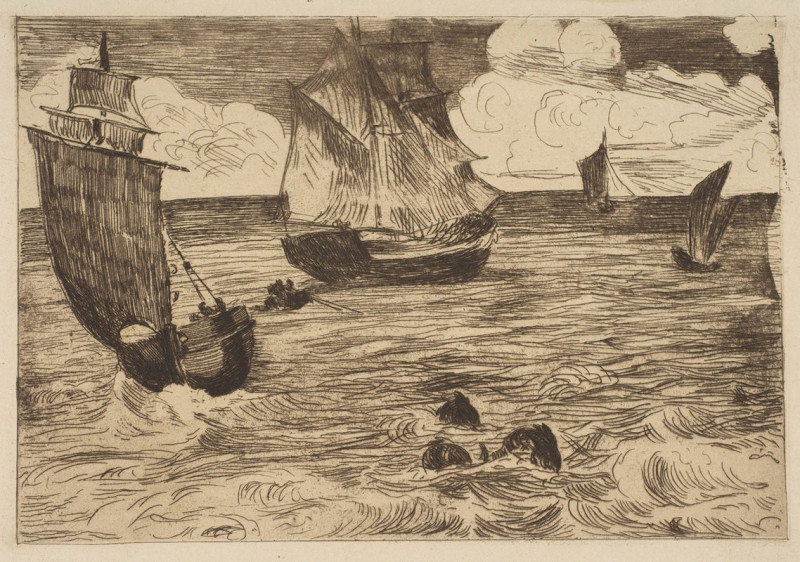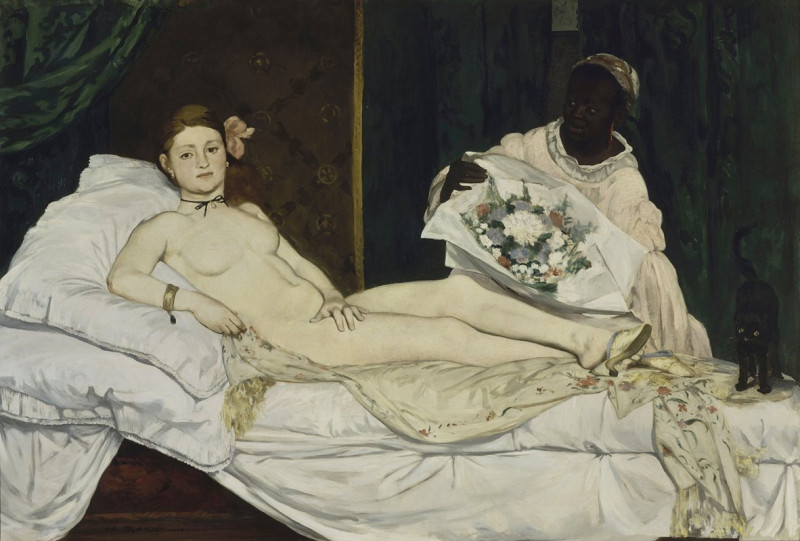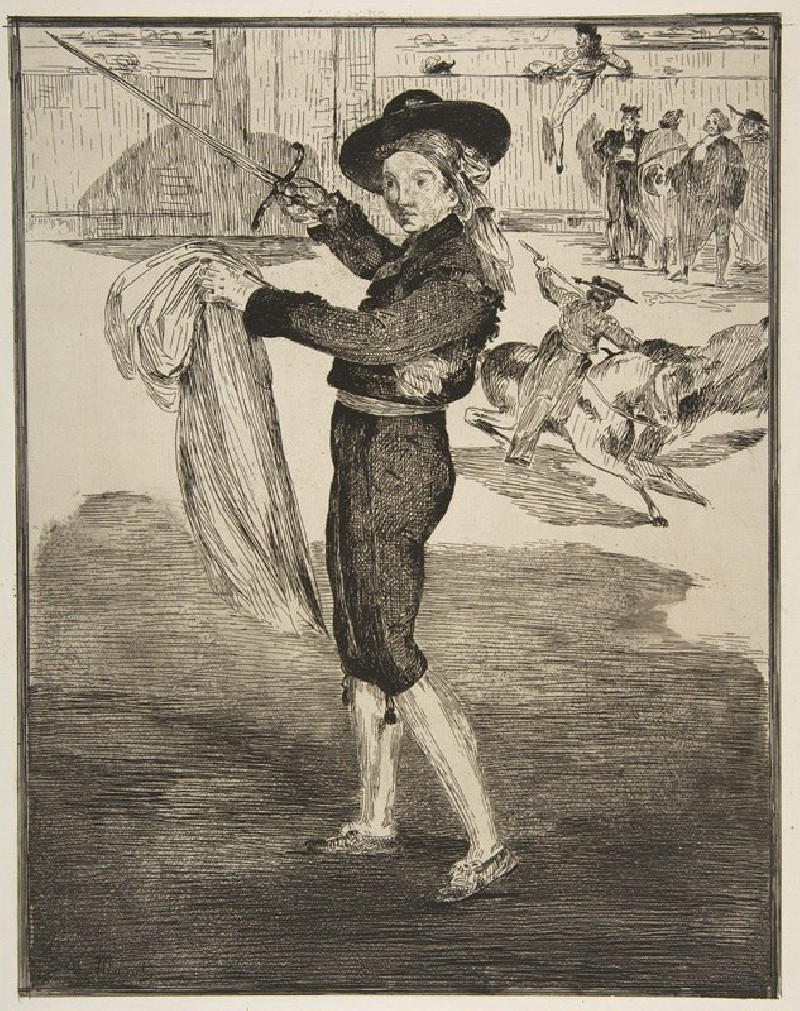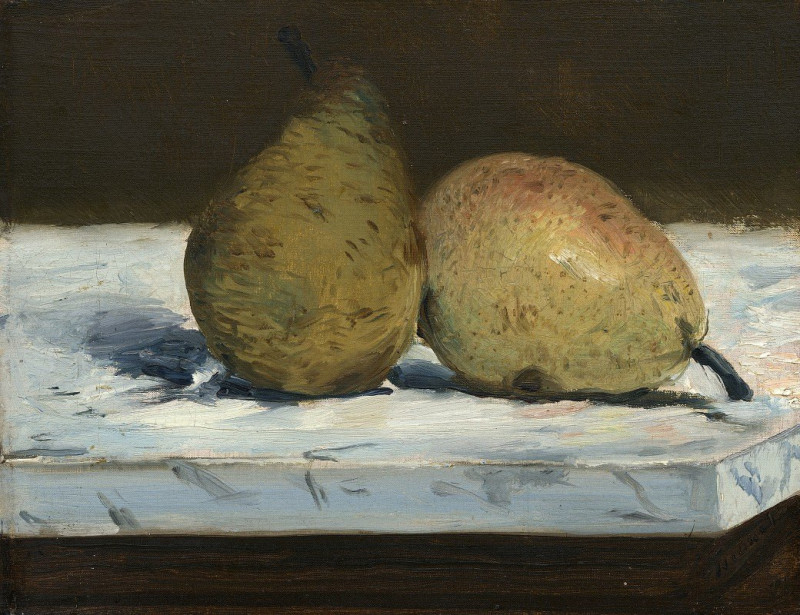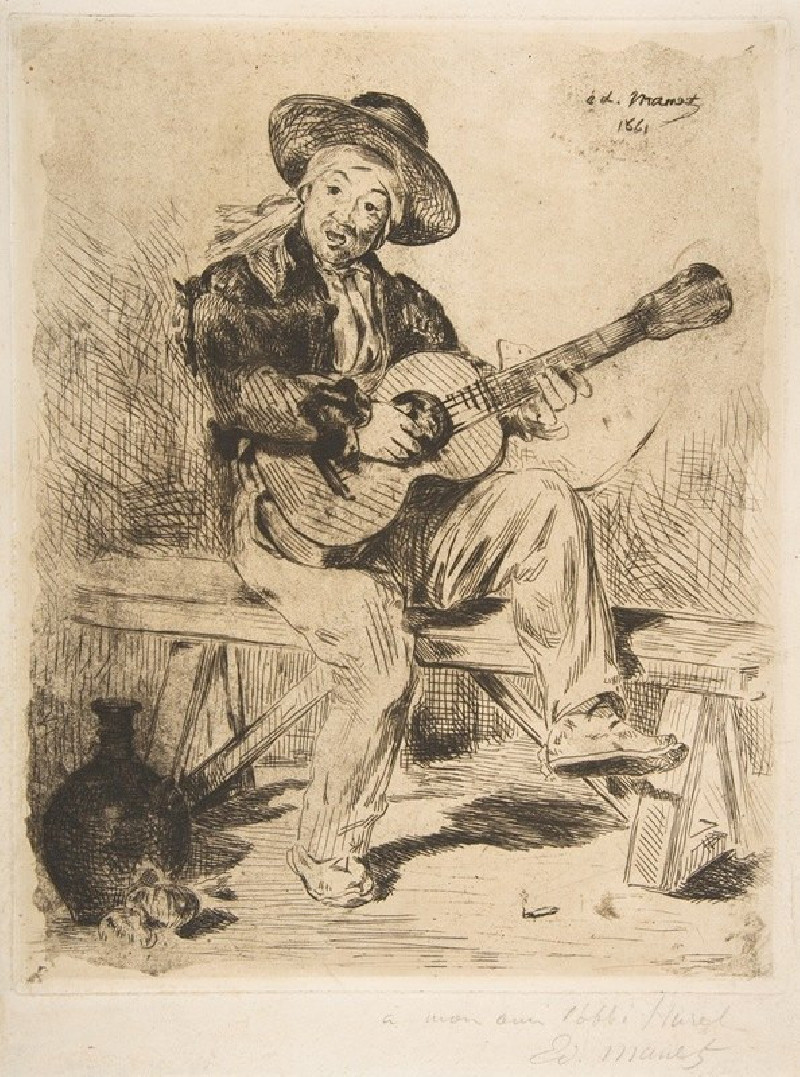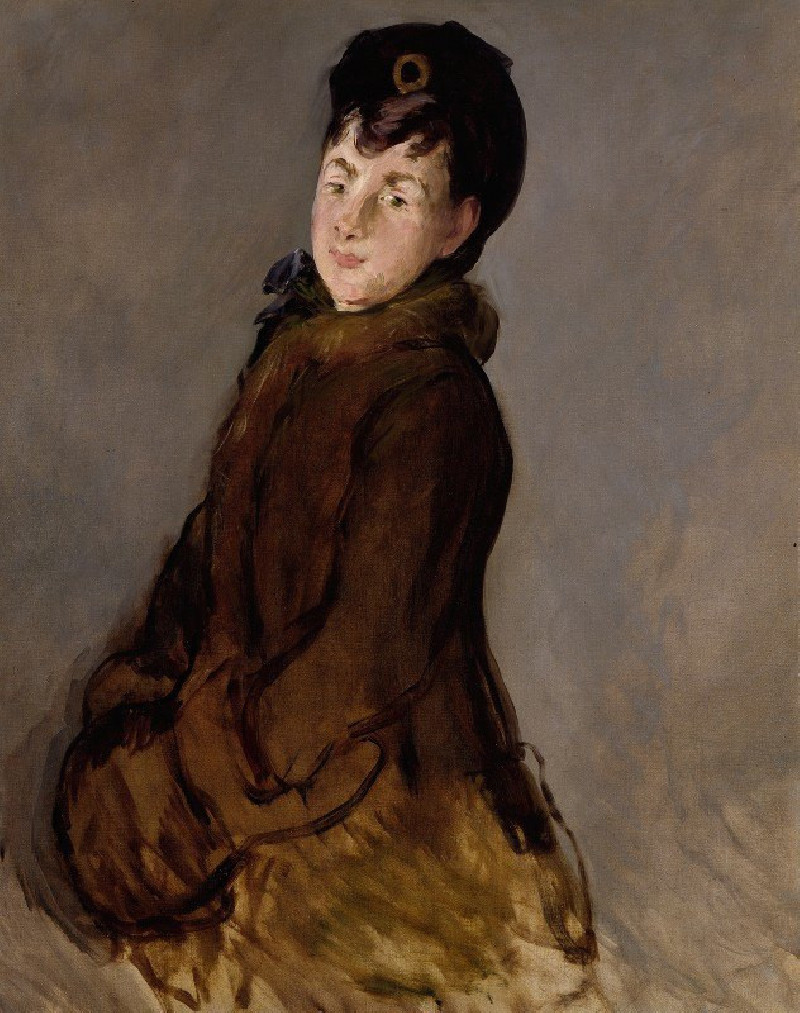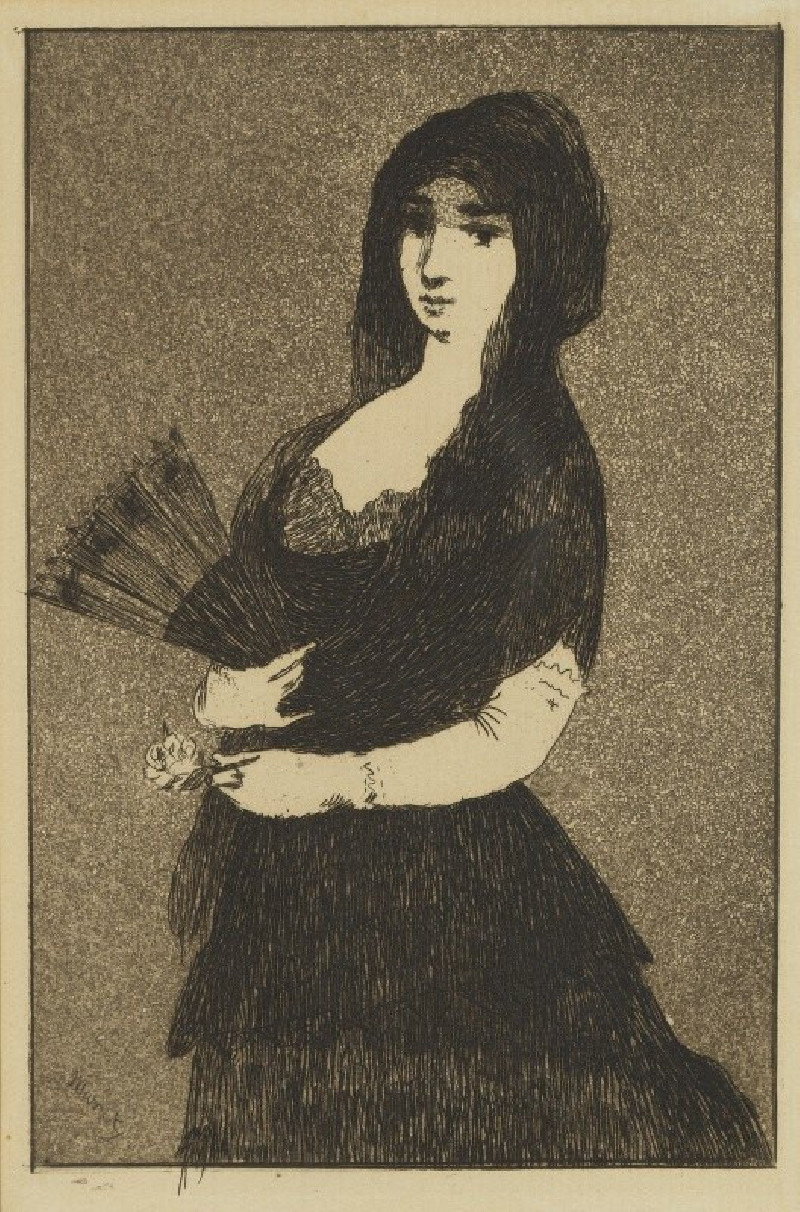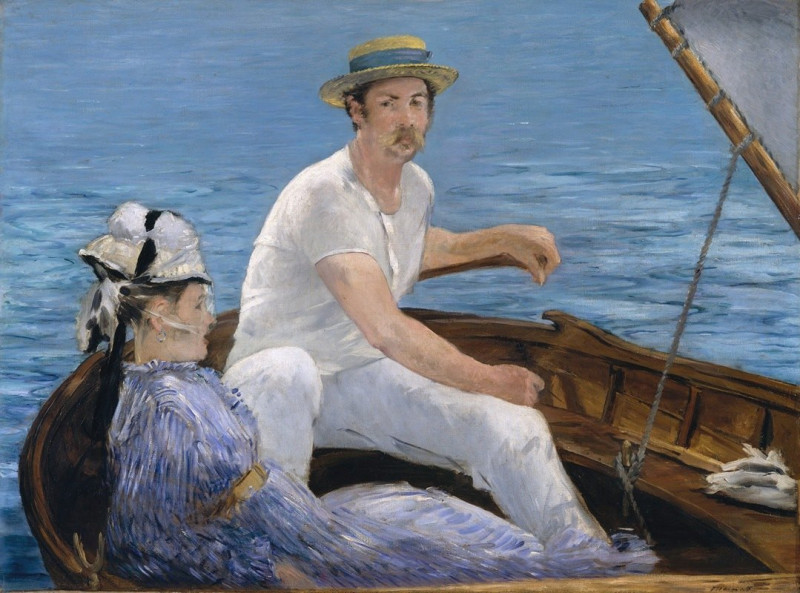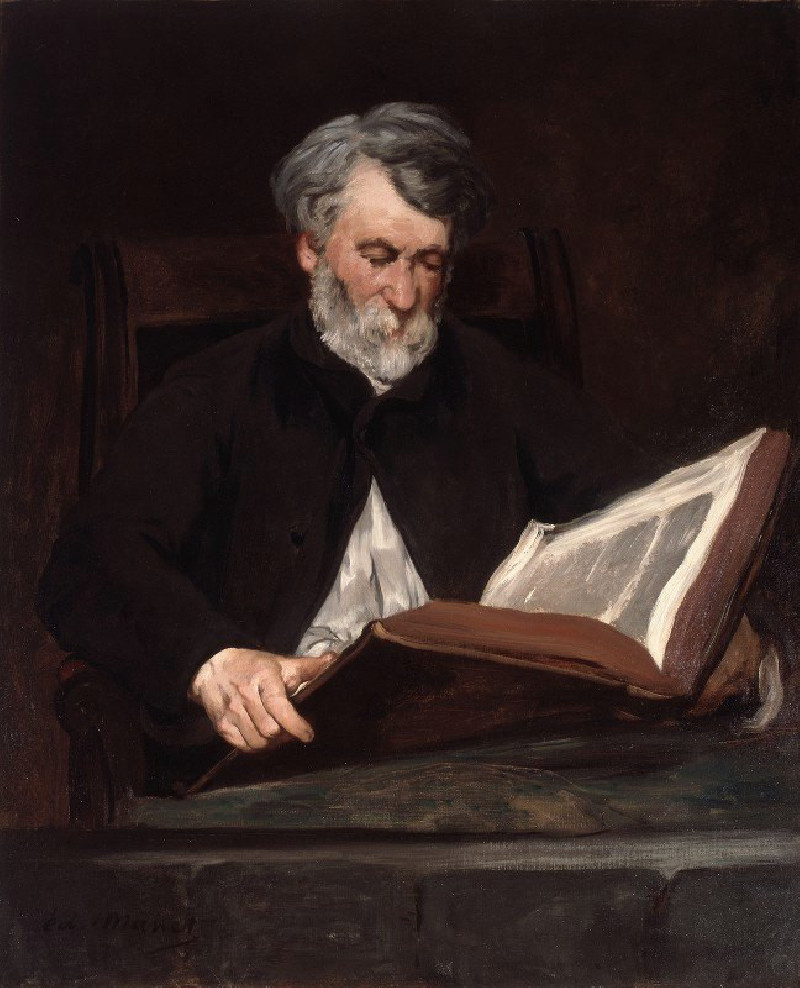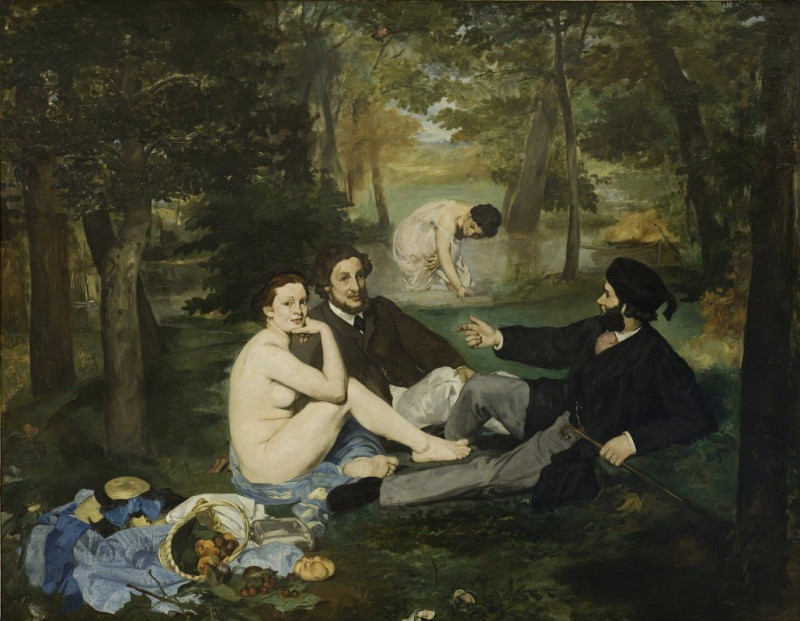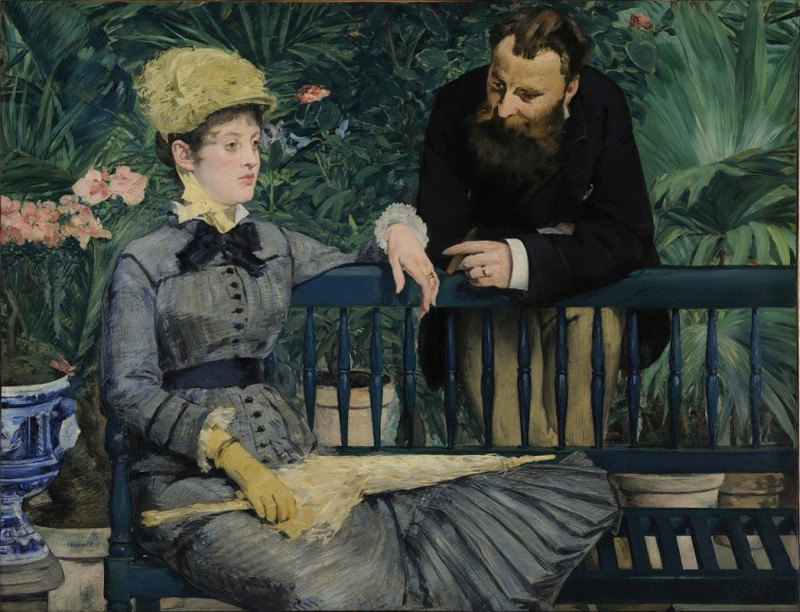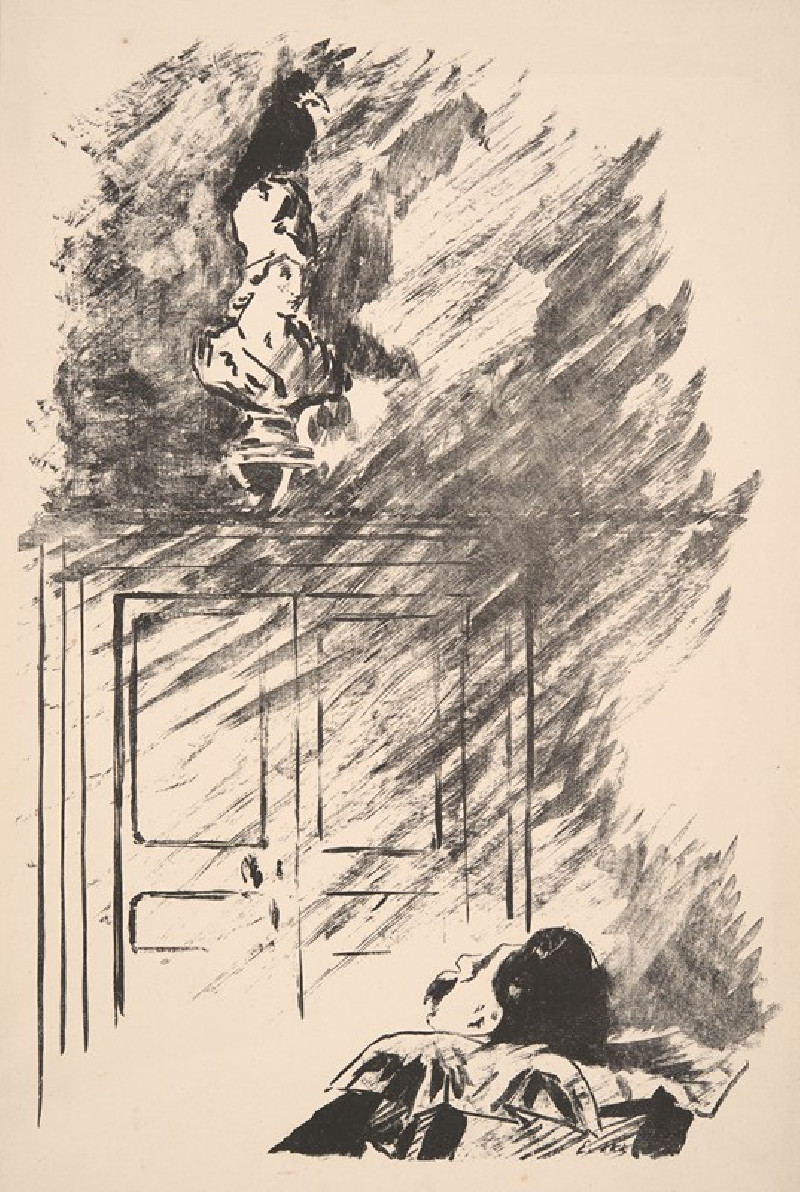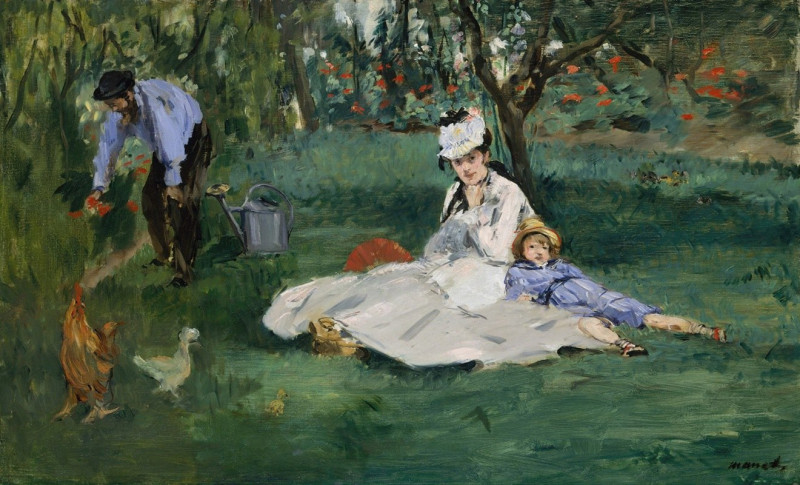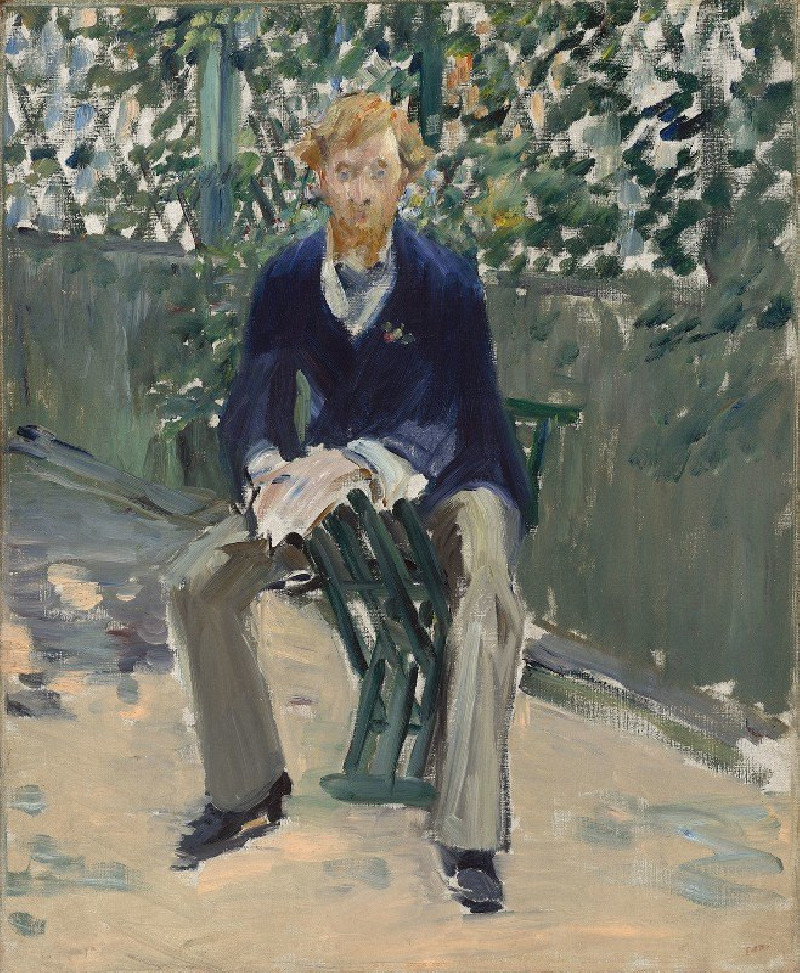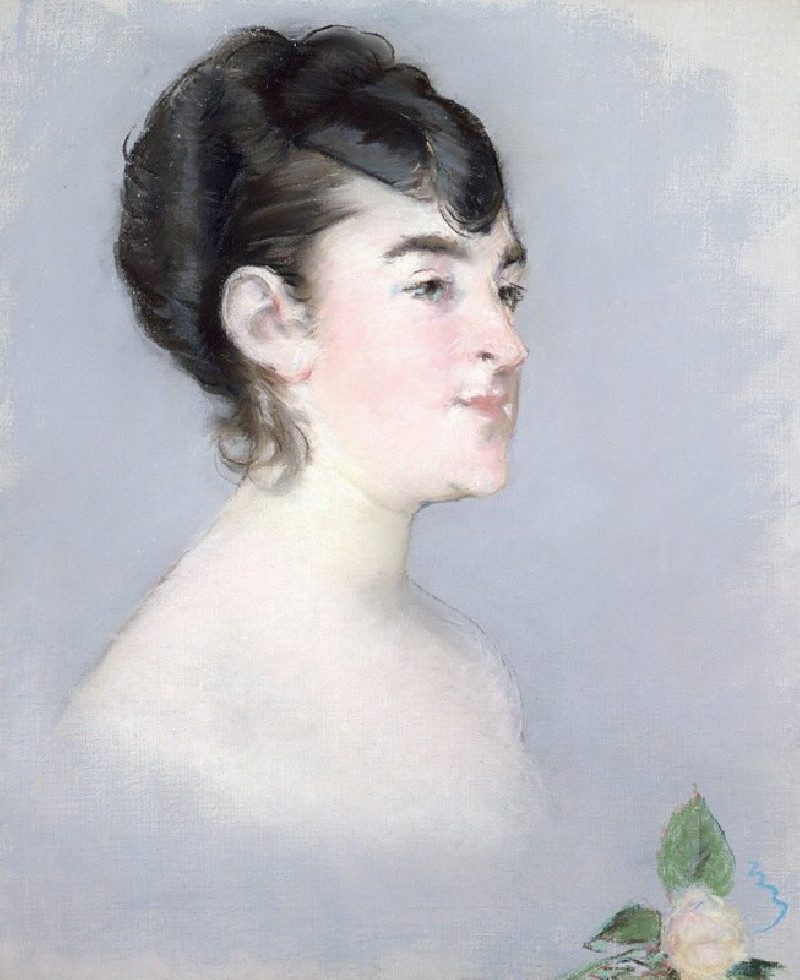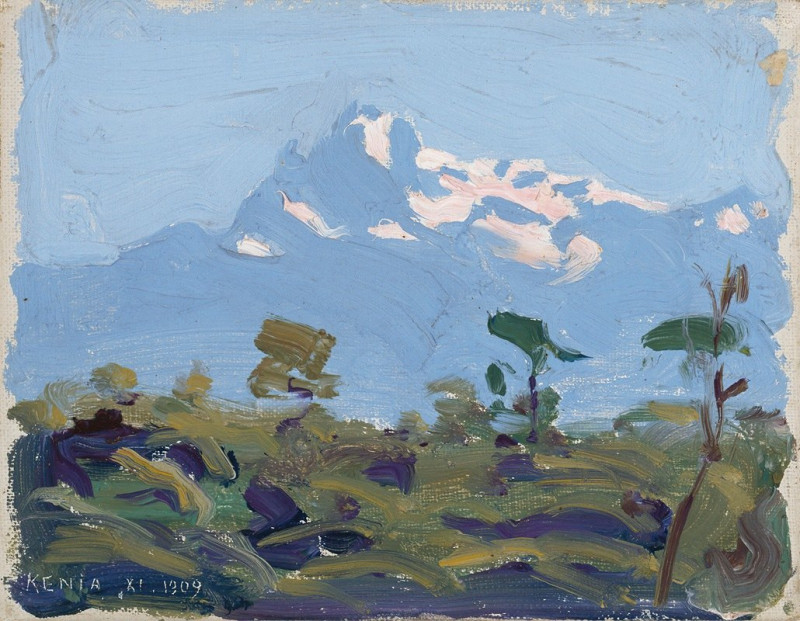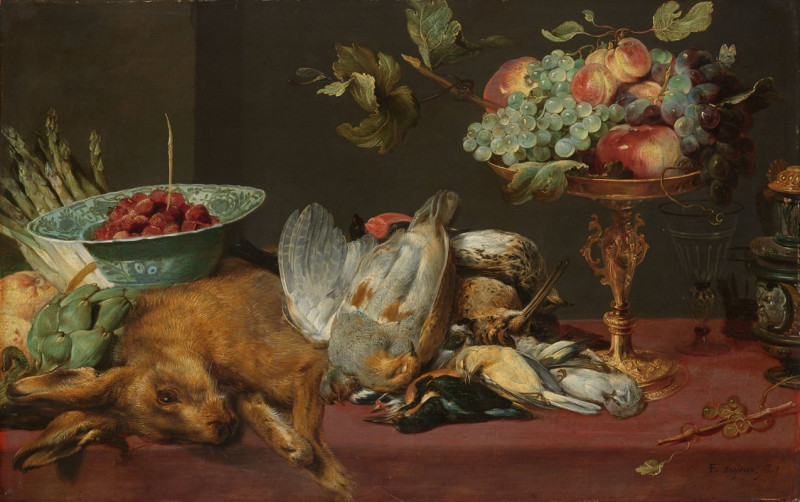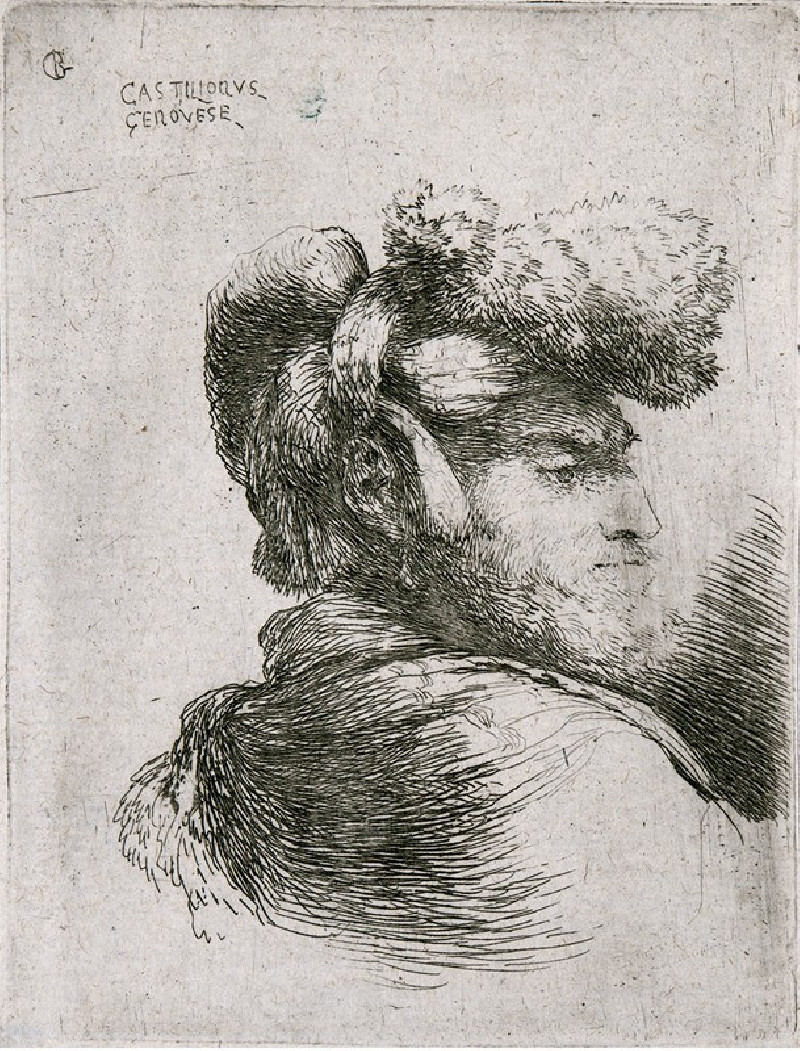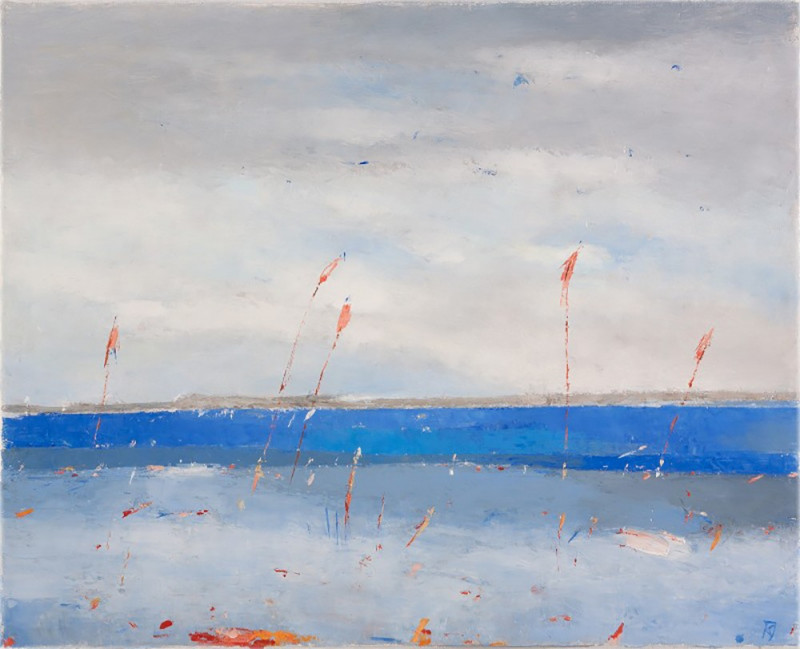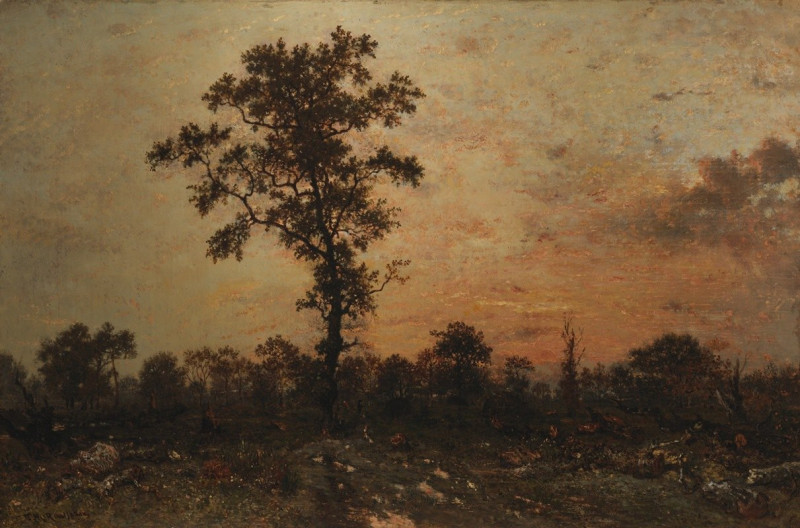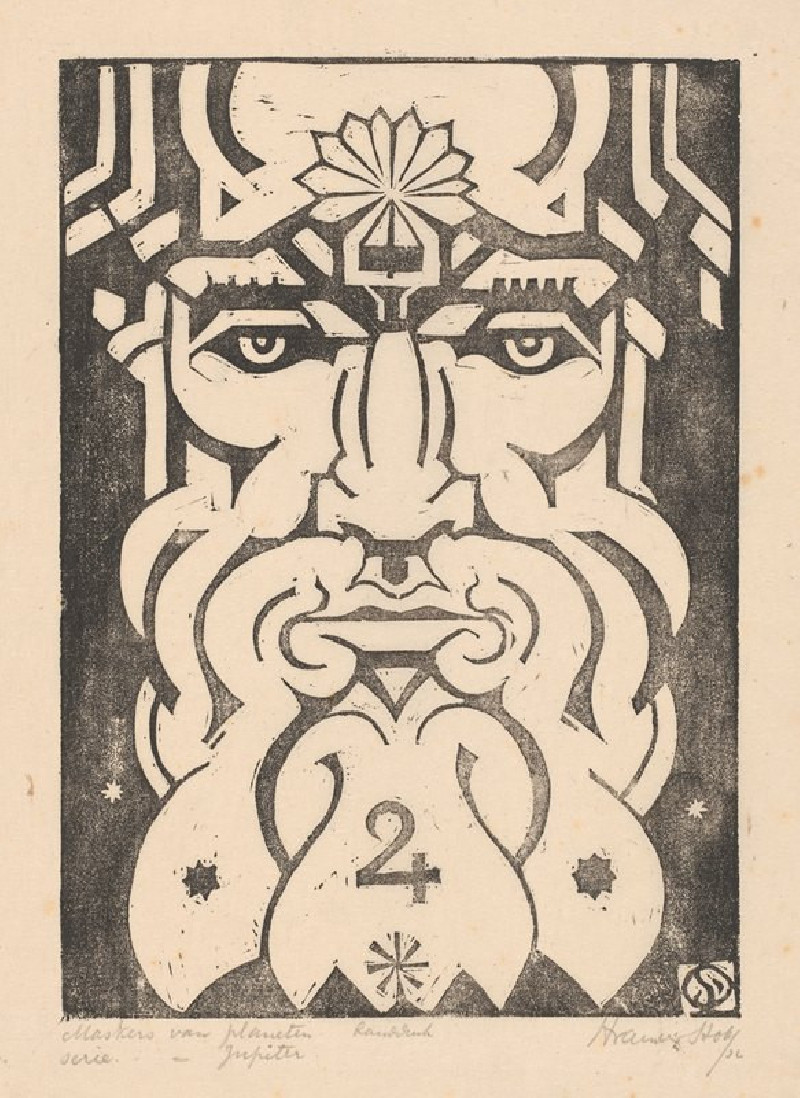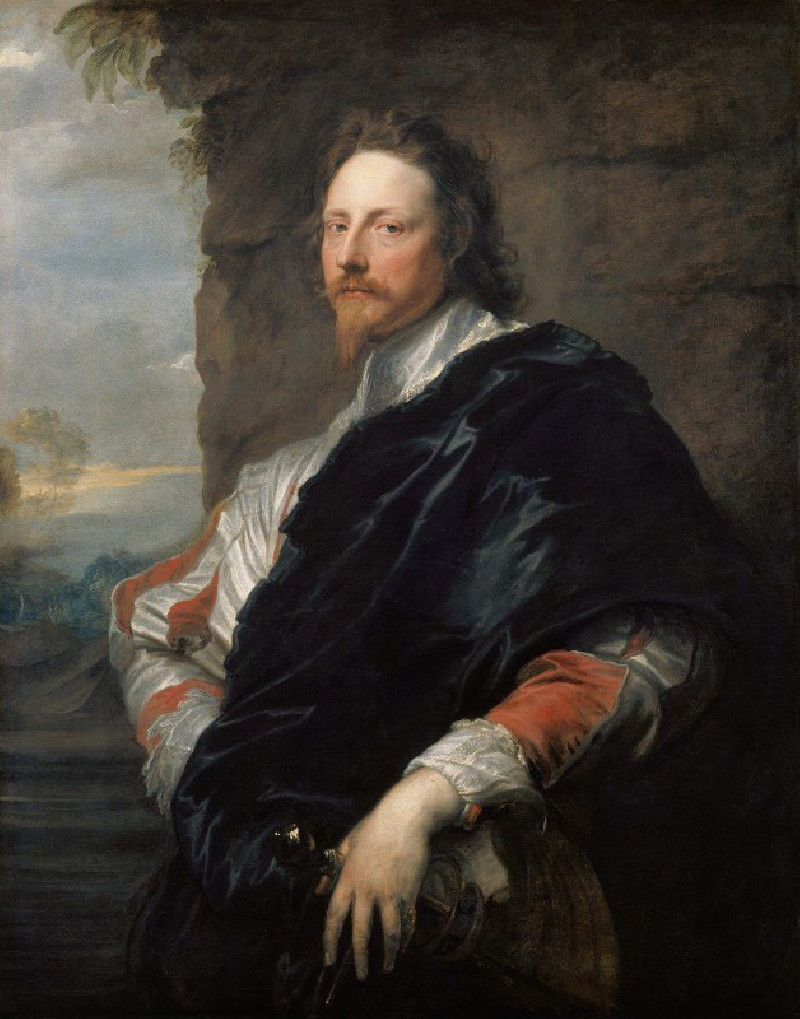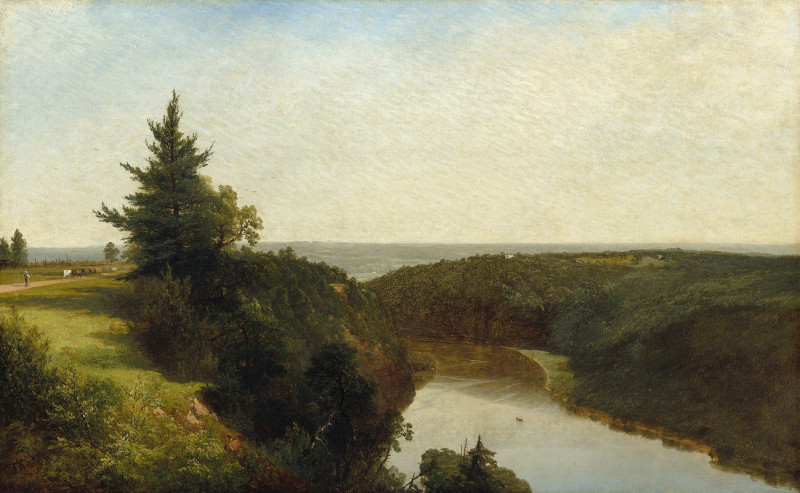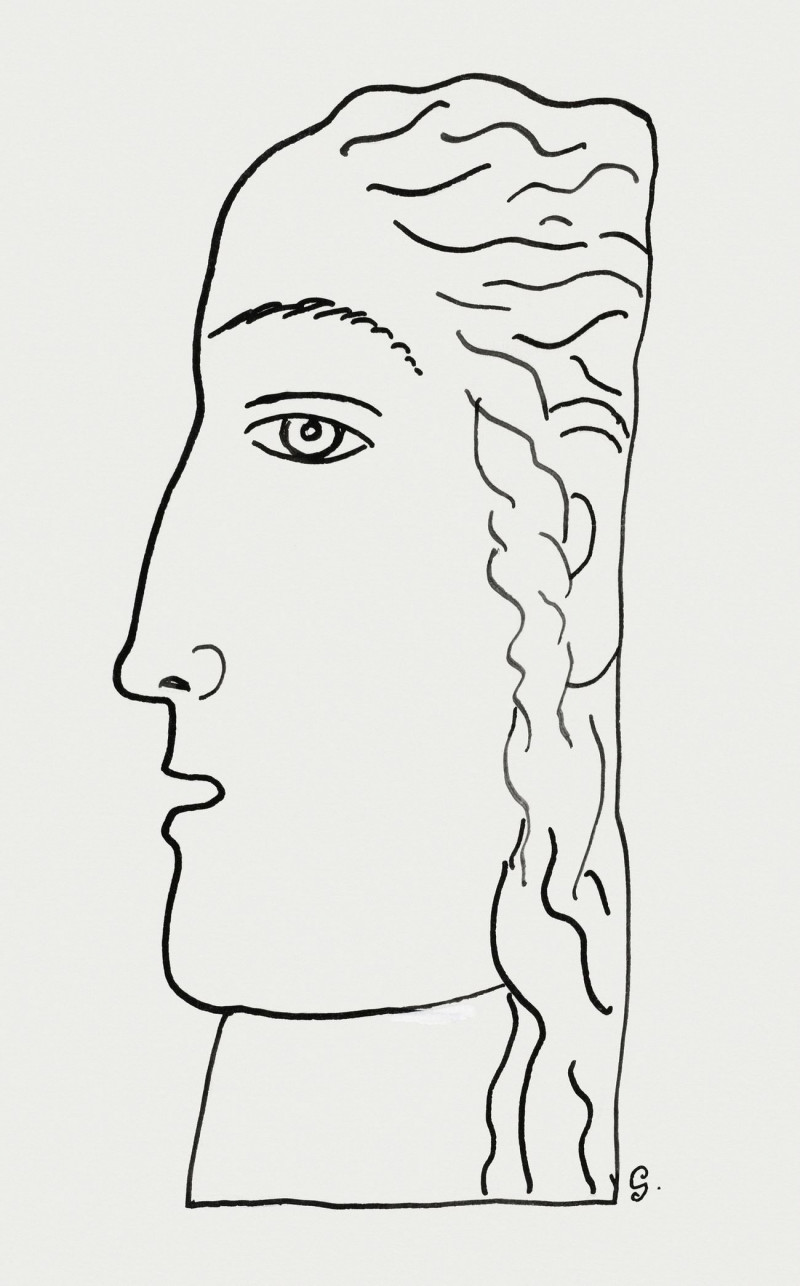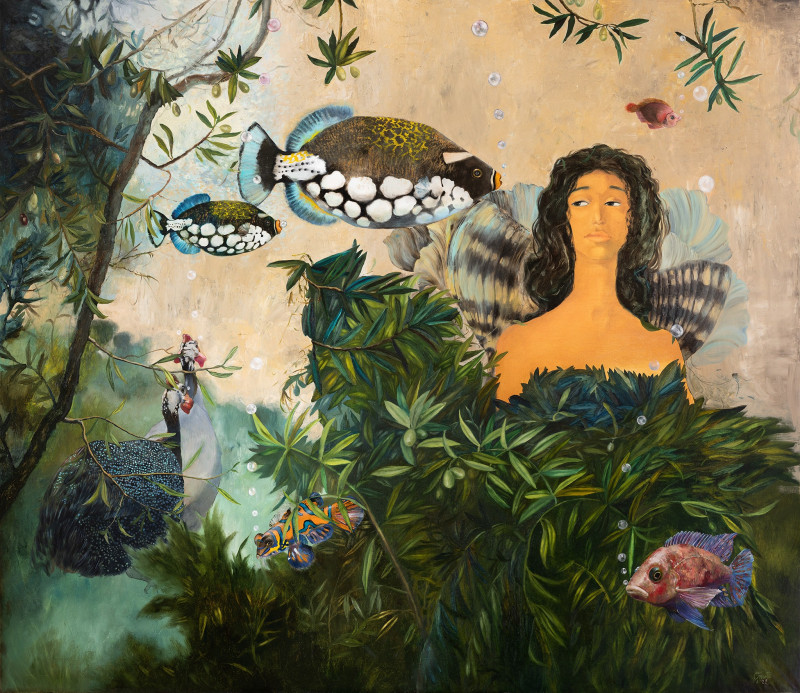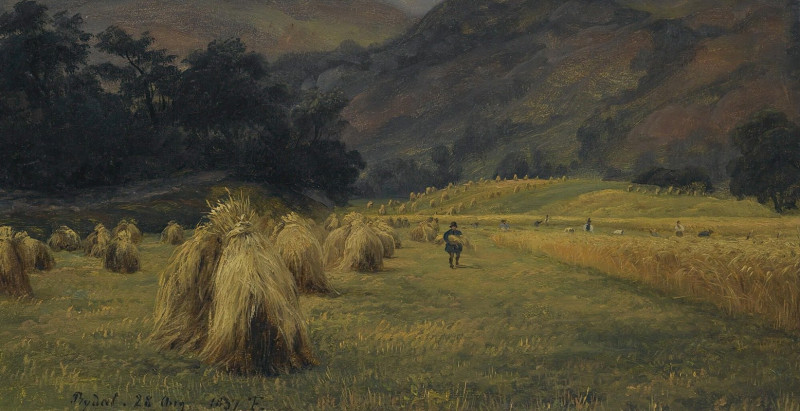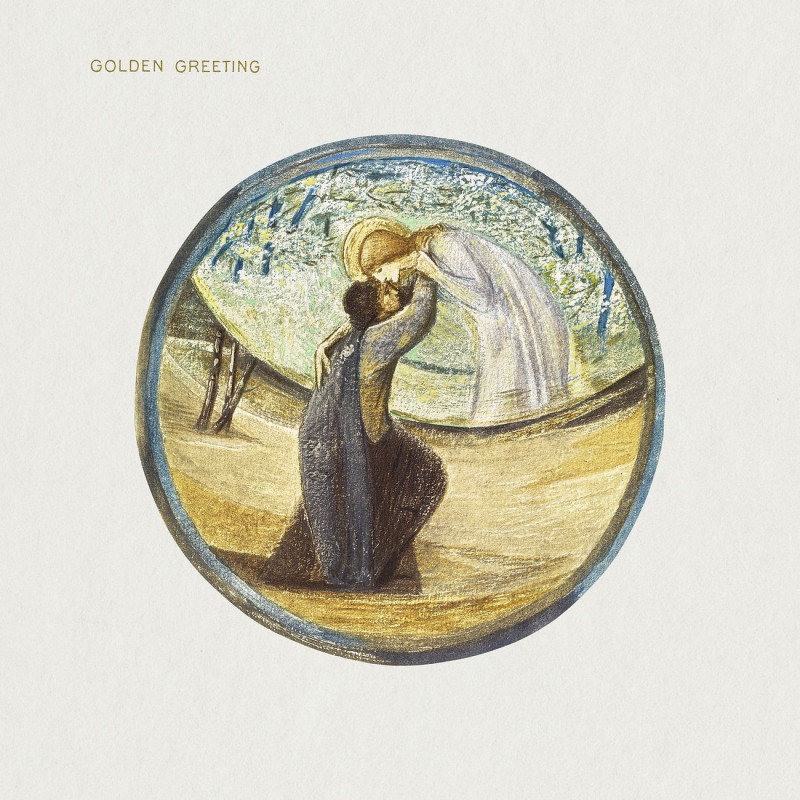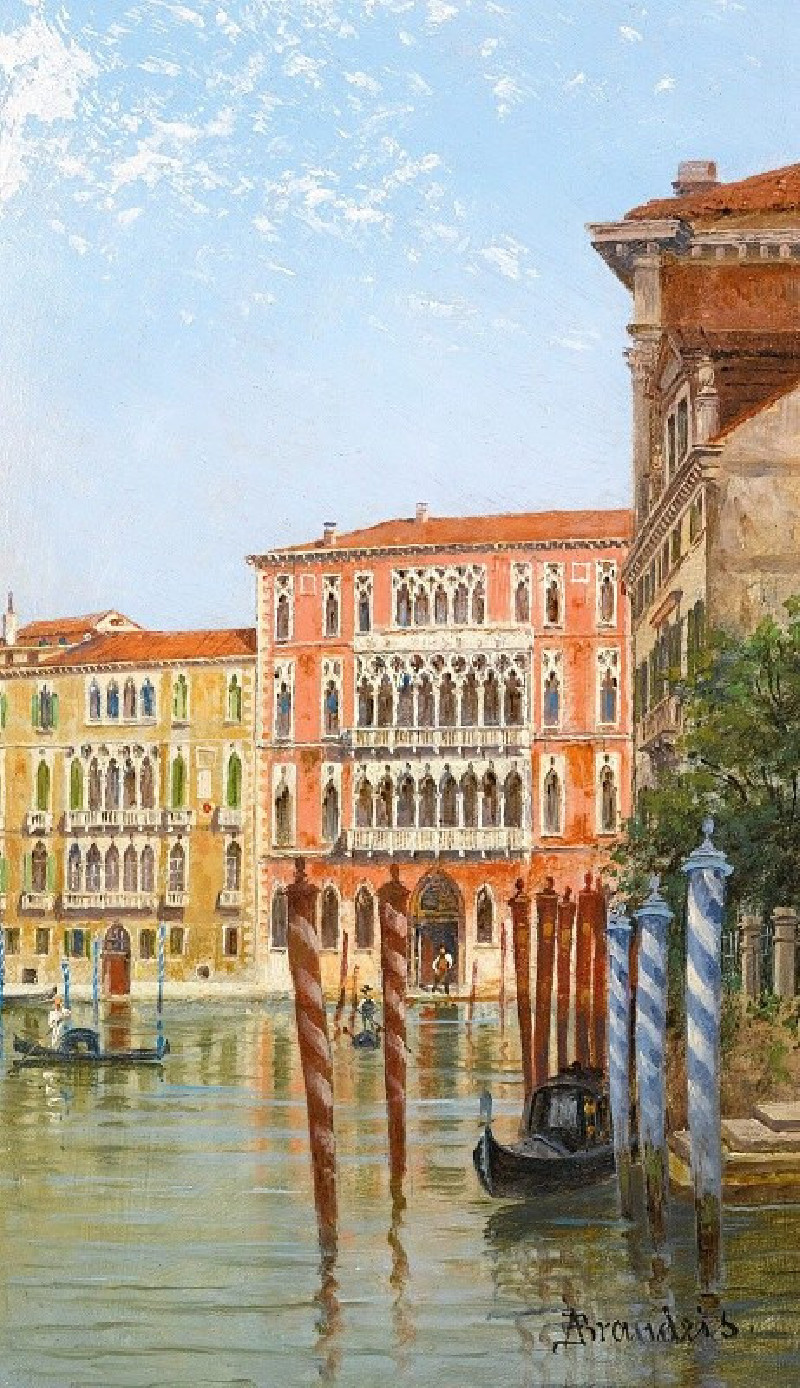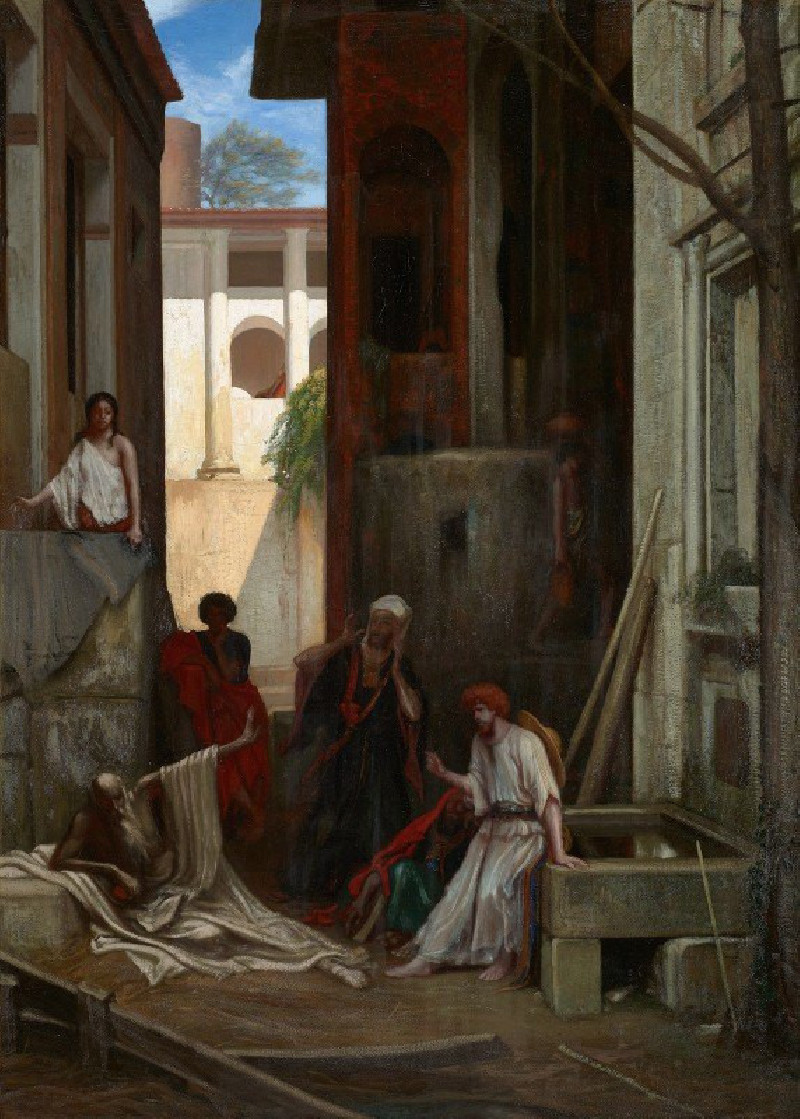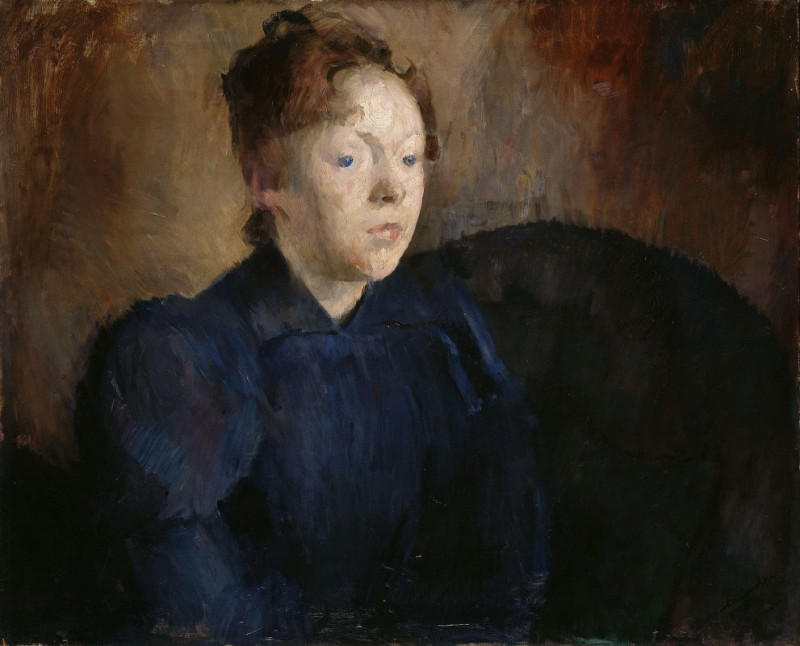Bullfight (1865)
Technique: Giclée quality print
Recommended by our customers
More about this artwork
Édouard Manet's 1865 painting "Bullfight" brilliantly captures the raw emotion and intense drama of a traditional Spanish bullfight. This compelling artwork draws the viewer into a scene teeming with action, set against the backdrop of a bustling crowd in a sun-soaked arena.At the center of the composition, a black bull is depicted charging toward a matador, who stands poised with a capote, ready to exhibit his skill and courage. Adjacent to this central drama are two picadors in the ring, one actively engaging with the bull, while another figure observes the dangerous interaction closely. On the right side of the canvas, a tragically fallen horse, presumably struck by the bull, adds a stark reminder of the perilous nature of the bullfight.Manet masterfully uses color and fluid brushstrokes to render the vibrancy and movement of the crowd, which fills the sunlit bullring with a spectrum of hues, suggesting the mixed emotions of excitement and anticipation among the spectators."Bullfight" not only depicts a moment of cultural significance but also showcases Manet's unique ability to convey movement and emotion through his progressive approach to painting.
Delivery
Returns
Édouard Manet (1832–1883) was a French modernist painter and one of the first 19th century artists to paint modern life. His impressionist style is characterized by relatively small and thin brushstrokes that create emphasis on light depiction. Manet was one of the key artists in the transition from realism to impressionism, along with Claude Monet, Edgar Degas, and Pierre-Auguste Renoir. However, he resisted involvement in any one specific style of painting, and only presented his work to the Salon of Paris instead of impressionist exhibitions. His early masterworks, The Luncheon on the Grass and Olympia, created great controversy and served as a rallying point for other young painters.

